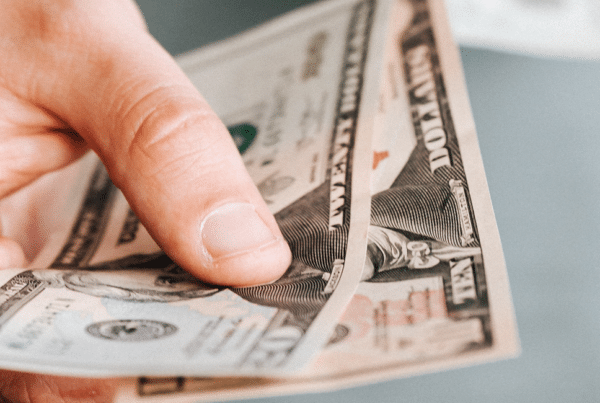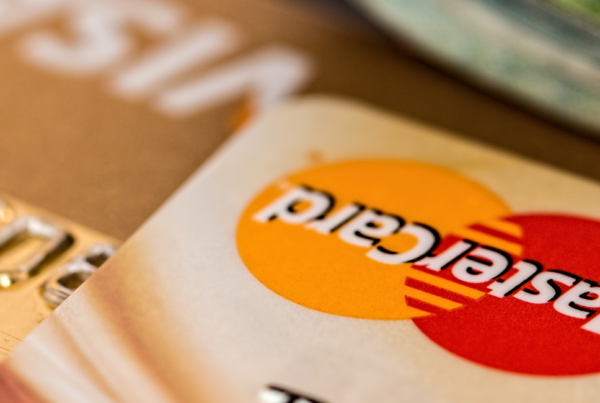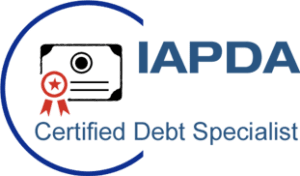
Debt relief explained
Debt relief programs are becoming more common as the amount of unsecured consumer debt rises. When people reach a point they no longer feel they can manage or escape from the amount of debt they’ve accrued, they look for ways out.
Debt relief comes in various forms; bankruptcy, debt settlement, and debt consolidation are the most common, and the three we’ll focus on today.
Debt Relief Program Risks
No doubt, these services can help you resolve your debt problems but they’re not without their risks. You need to consider before enrolling in any program that has potential downsides; understand if the rewards outweigh the risks and make an informed decision as to which is best for you. This preliminary research will reduce the likelihood of having to get out of a relief program to begin with.
Each type of relief program has its own risks, some more severe than others.
From a credit standpoint, bankruptcy is going to be the most disruptive if you have good credit at the moment. It will also stay with you the longest on your report.
Debt settlement will also likely reduce your credit, though significantly less, and for a shorter amount of time. Debt consolidation is still a loan with an interest rate, and chances are, not a great one.
Still, if you are already stuck in a debt relief program, let’s discuss how you can get out of it.
As mentioned above, the most common debt relief programs are:
- Bankruptcy
- Debt consolidations
- Debt settlement
Bankruptcy
It’s a legal term used for a person or a business when that particular entity cannot repay their outstanding debts. Depending on the type of bankruptcy declared, most or all of the consumers unsecured debt is wiped, and credit “reset”. While this sounds great to some people, it can be a tough road to recover from.
Bankruptcy stays on your credit for 7 to 10 years, again depending on the type. While you will have your debt wiped out, and can begin applying for new credit as early as a year after bankruptcy, your offers may not be great. You’ll have to rebuild slowly, as if you’re nurturing a brand new credit score. You may even have to accept offers at high interest rates or low starting balances as you work your way up the ladder.
So, what if someone wants to get out of this bankruptcy early?
The Act for Bankruptcy includes provisions for those who want to end it early, yet very few people take advantages of it, possibly because they don’t know.
Let’s ponder on a few possible options:
OPTION 1: Pay All Your Debts
If you can pay all your debt at once, this is the easiest way to end bankruptcy. Of course, if you could do this, it’s unlikely you’d be in this situation in the first place.
Still, under the Bankruptcy Act, one’s bankruptcy can come to an end if all of their debts are paid. Now, in this case, all your debt doesn’t mean just the pending debts to your creditors only. It also includes:
- Bankruptcy trustee’s fees and other costs. These costs are generally expensive.
- The AFSA Realisation Charge, which is a 7% Tax on all realizations in your bankrupt estate.
- The Post-bankruptcy interest on all amounts overdue that can accumulate interest. This is comprised of debts such as credit cards and judgments.
Some people choose to take out a second line of equity on their home, or borrow money from friends or family to end bankruptcy proceedings.
OPTION 2: If in Chapter 13 bankruptcy, you can obtain a hardship discharge
A hardship discharge can be issued when then bankrupt can no longer make payments towards their balance. This must be proven through financial statements and records, and is generally the result of a job loss or other major life event.
Note, the change must be beyond your control. So, I accidentally bought a boat and now can’t afford bankruptcy payments is not going to cut it.
Option 3: Modify your repayment plan
Some courts will allow you to modify your terms based on major life events. This could be a reduction in monthly payments or other loan terms to assist the bankrupt.
What Is Debt Consolidation?
Debt consolidation is the process of combining many unsecured debts such as credit cards, payday loans, and medical bills. These debts are consolidated into one monthly bill with the offer of lower interest and monthly payments, and ultimately relief of debt completely.
Risks:
- It is a refined loan which has extended payment terms.
- Extended payment terms mean that you’ll be in debt for a longer period of time.
- A lower interest rate is not always offered or guaranteed when you consolidate.
- Debt consolidation does not mean the debt is eliminated, it’s just paid as a part of all your other debts simultaneously.
- It is also different than debt settlement. Where settlement works with your creditors to reduce the amount you owe and eliminate interest rates, consolidation keeps all your debts at the same amount, but combines them into one loan.
How to get out of Debt Consolidation?
After you consolidate your debts, you’ll be able to treat only the symptoms of your money issues and not the core of why you have them in the first place. The ultimate advice is that you don’t need to consolidate your debts; in fact, you need to delete them.
Ultimately, once you have a consolidation loan, you don’t have many choices. Technically, you haven’t eliminated any debt, you’ve just relocated it. You can’t stop paying on the consolidation loan for the same reason you couldn’t stop paying on the credit cards. If you do stop paying your consolidation loan, collections actions will begin just as they would with your original creditors.
You could try to refinance your consolidation loan for a better interest rate. But, the truth is most people in a debt relief program do not have stellar credit, so finding that better rate will likely prove difficult.
Debt settlement
The debt settlement agency eliminates your debt by negotiation directly with your creditors or debt collector. While this may be the best solution for eliminating debt quickly, it’s not without its cons.
Here at Consumer First Financial we want consumers to know everything about debt settlement. We’ll never try to hide the potential impacts, in fact, we’ll tell you about them first. It’s very rare for a client to leave our settlement program once enrolled. A settlement program is a commitment, and with the right company, it’s also a partnership. As long as the company is settling your debts, keeping you informed and has the appropriate accreditations and reviews, there’s little reason to leave.
How to get out of debt settlement?
There are following points that one can follow to get out of debt settlement contract:
- Cancel the contract at any time within 10 days of receiving it, this is called a cooling off period and can vary by State.
- Outside of a cooling off period, each settlement company will have different policies regarding cancelling a contract. Most will offer some form of cancellation and a portion of your money as a refund.
At CFF, if a client wants to cancel their program, they simply do. If we’ve settled accounts for this individual, we prefer to collect our fees from those accounts, after all that’s work we’ve already done. But, unlike many companies in this industry, our goal is to help people. If you’re unhappy for any reason and our customer service team can’t find a resolution, the program is cancelled and all funds saved in your dedicated account returned.
Your partner in debt relief,
Consumer First Financial





